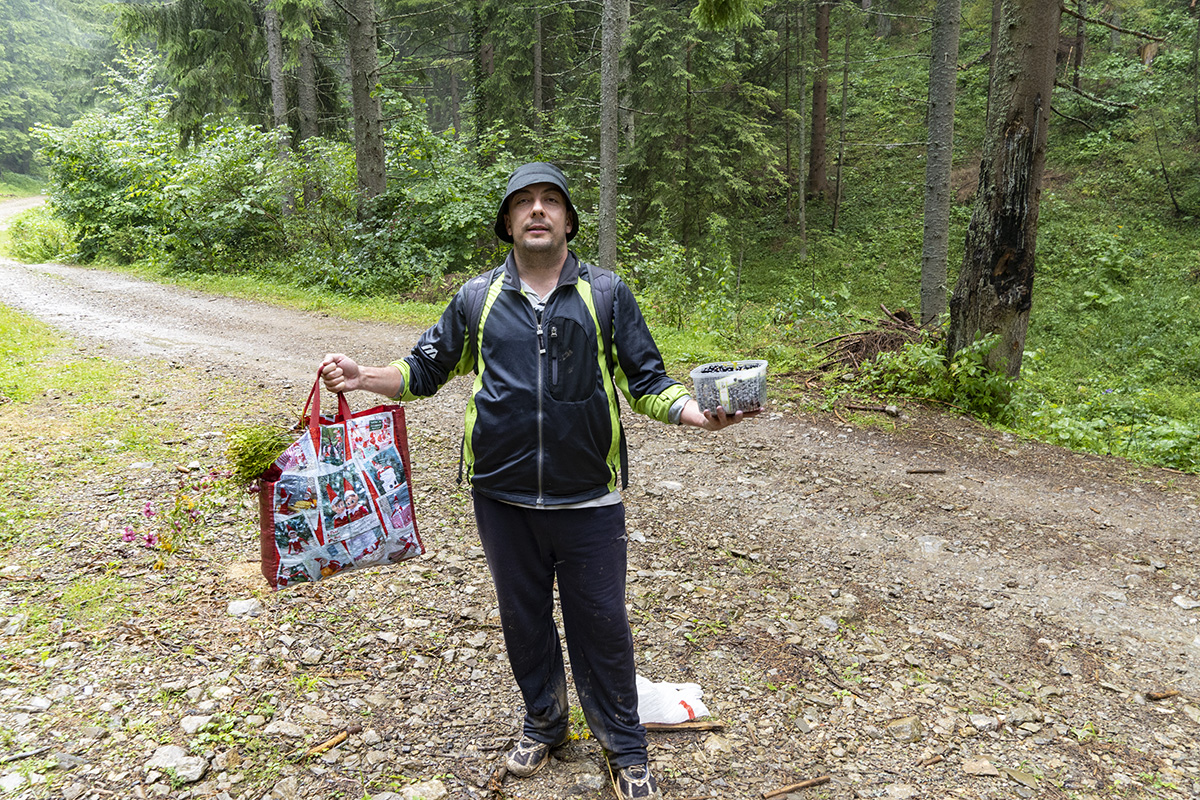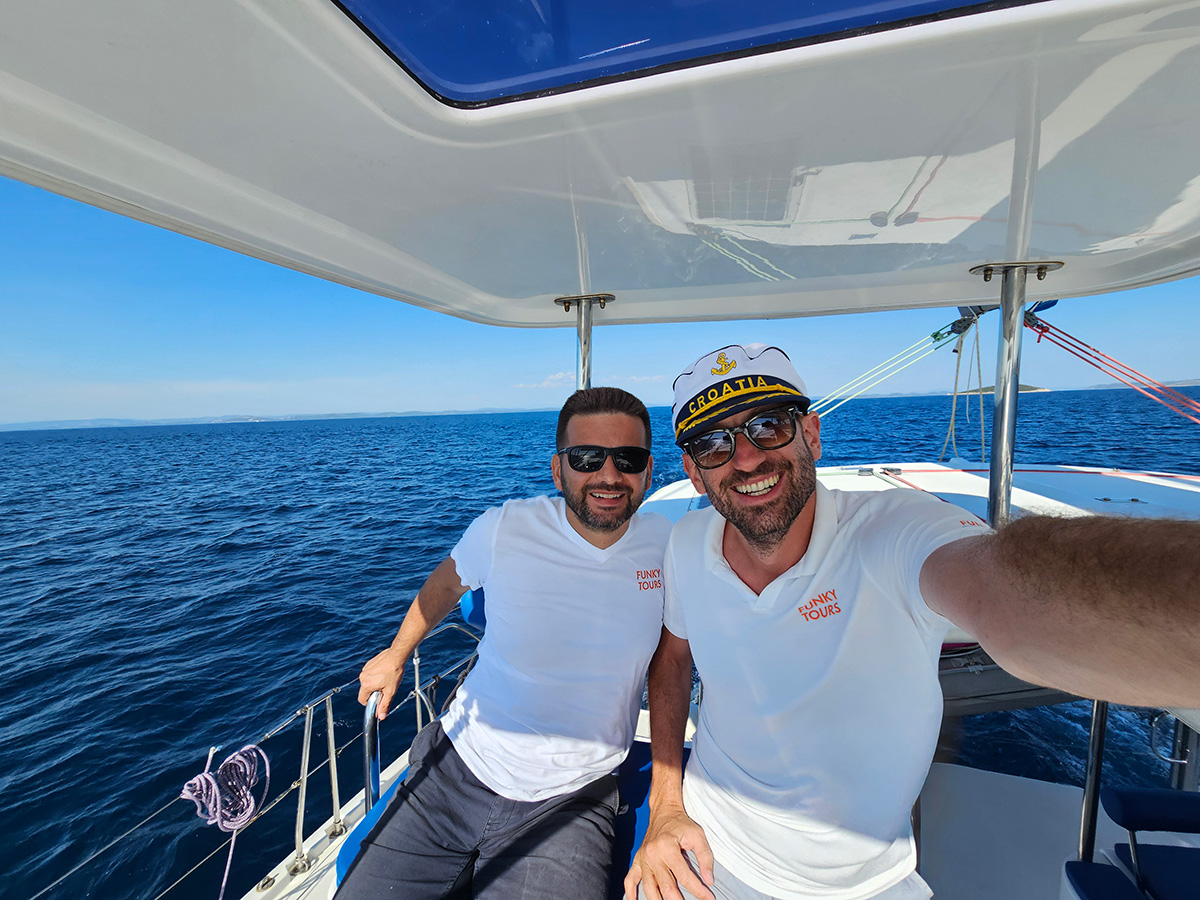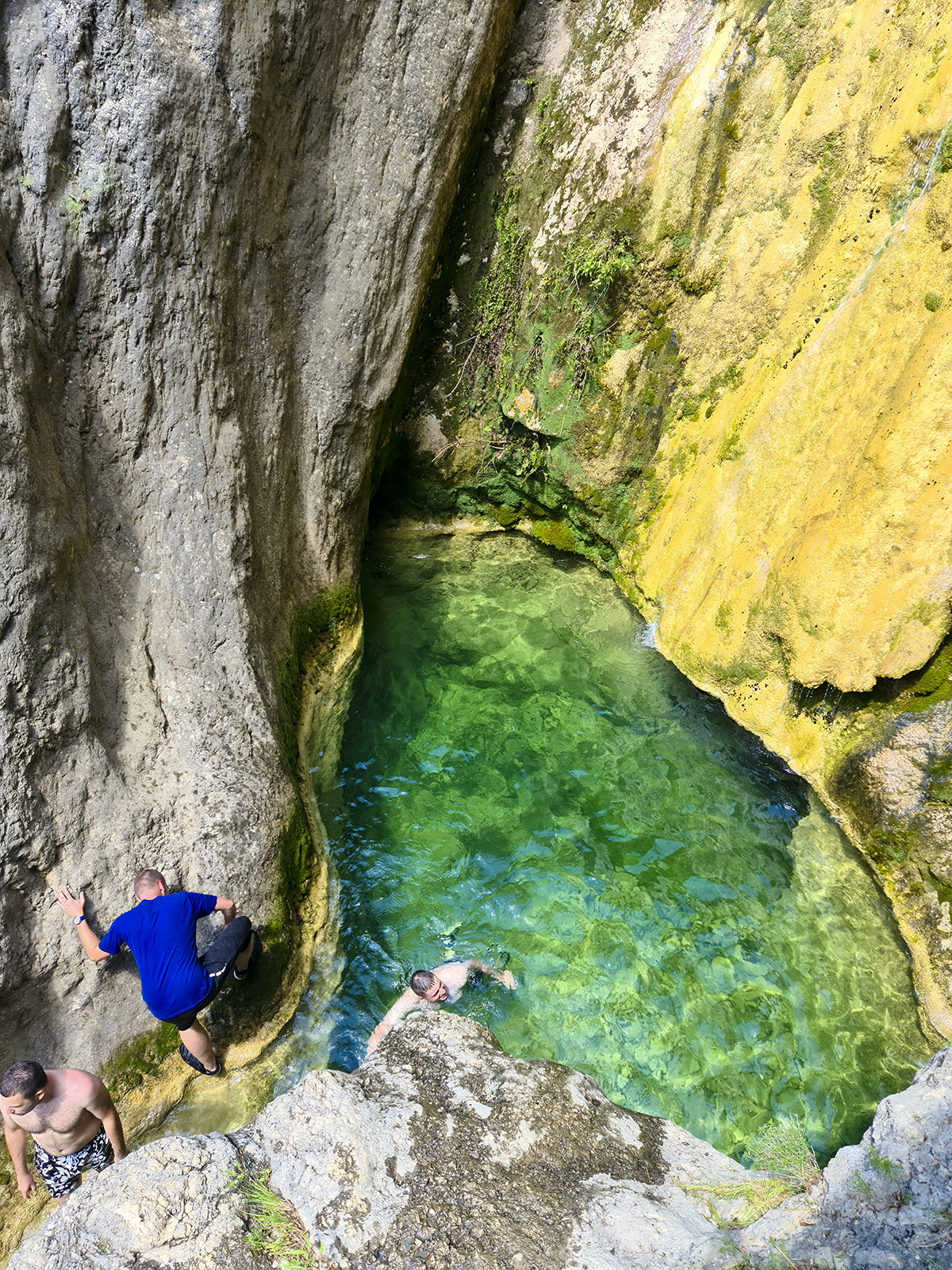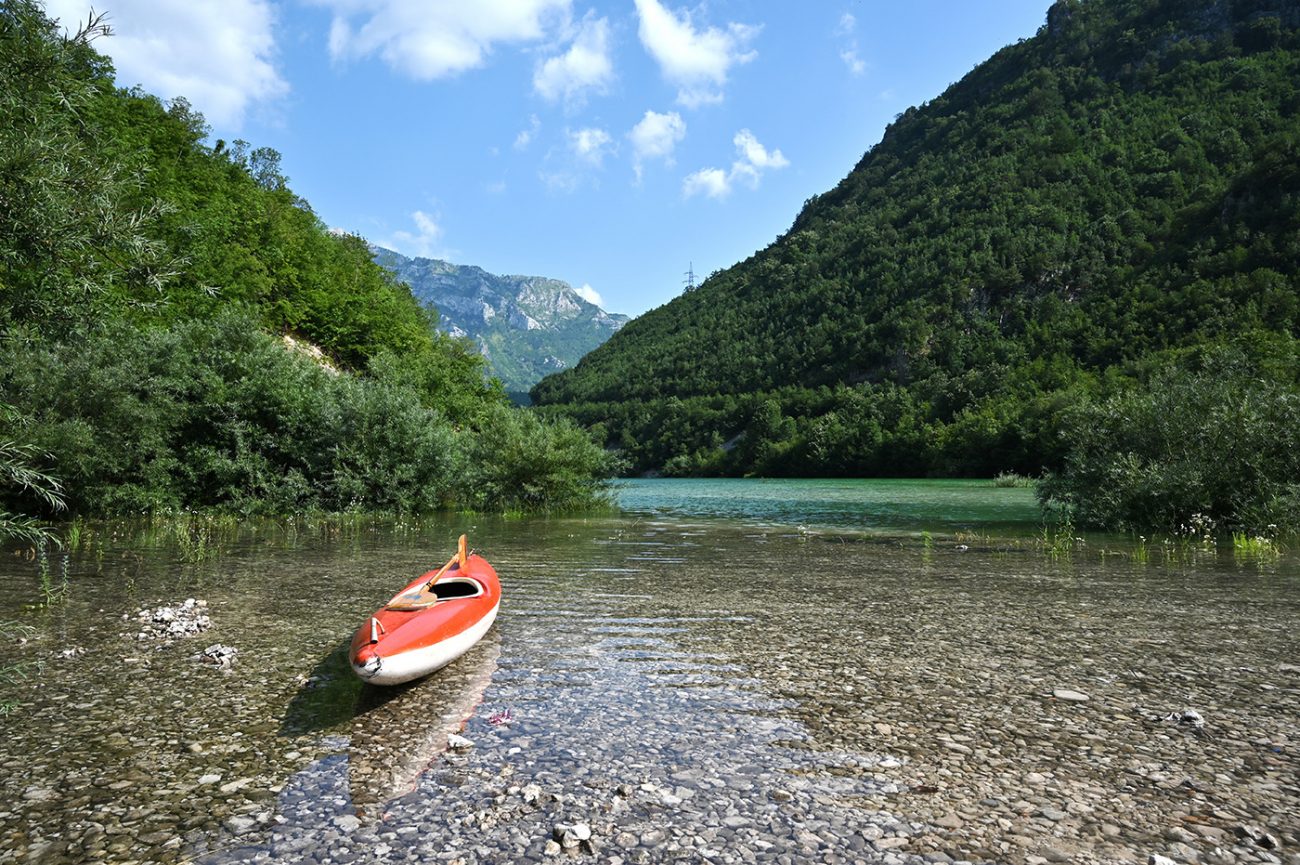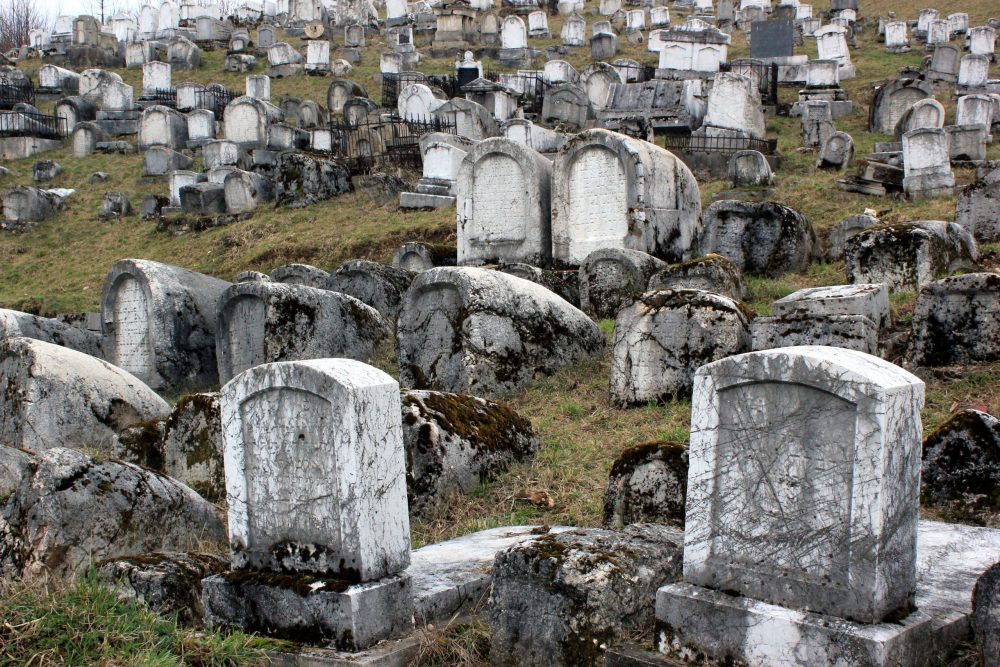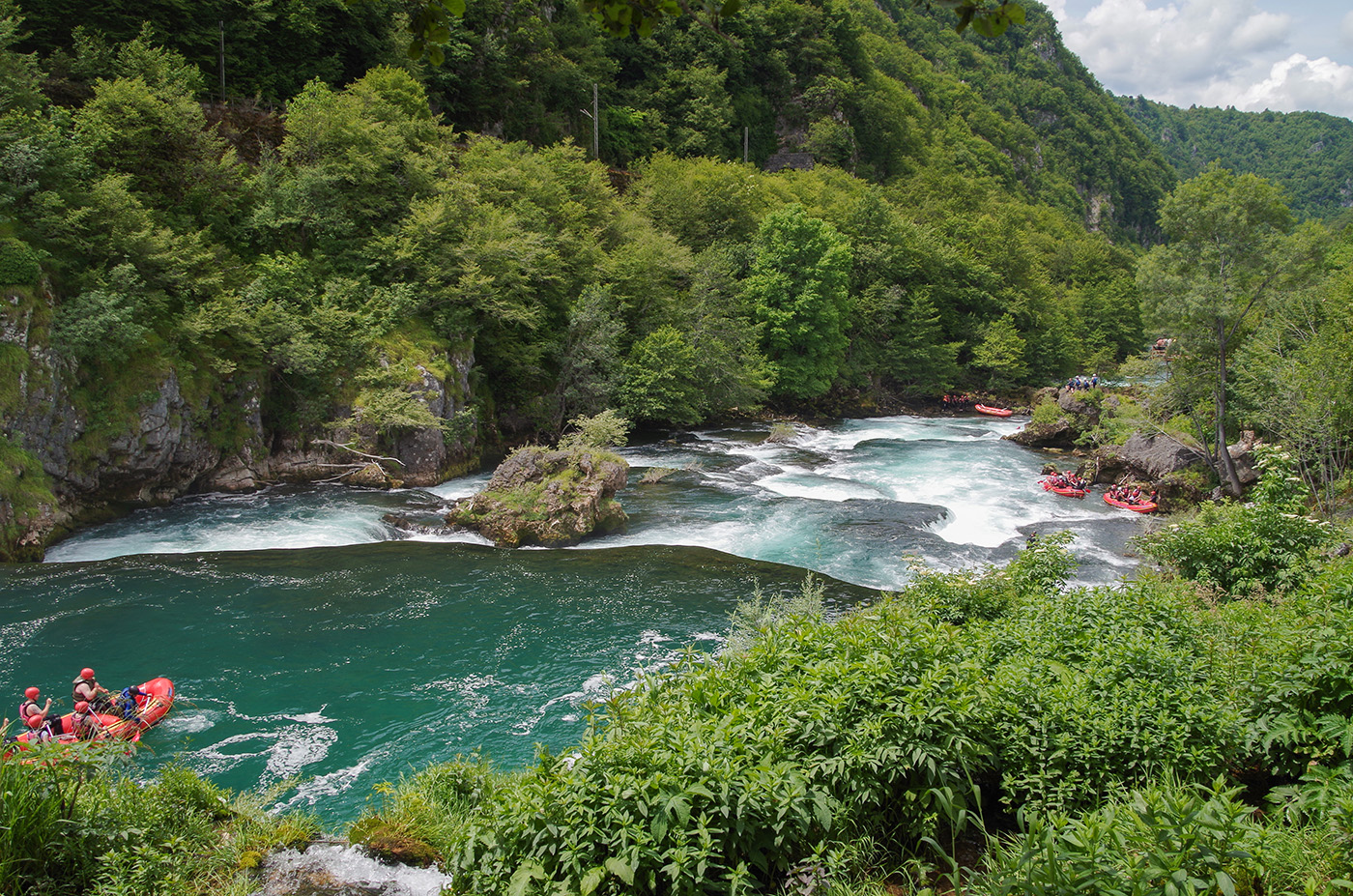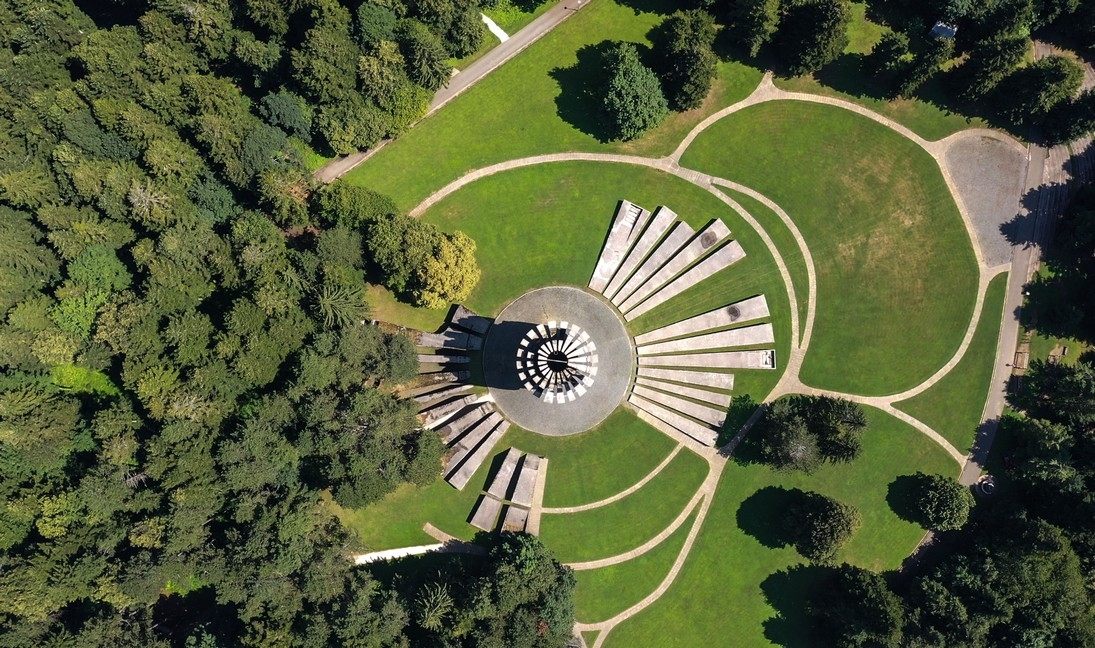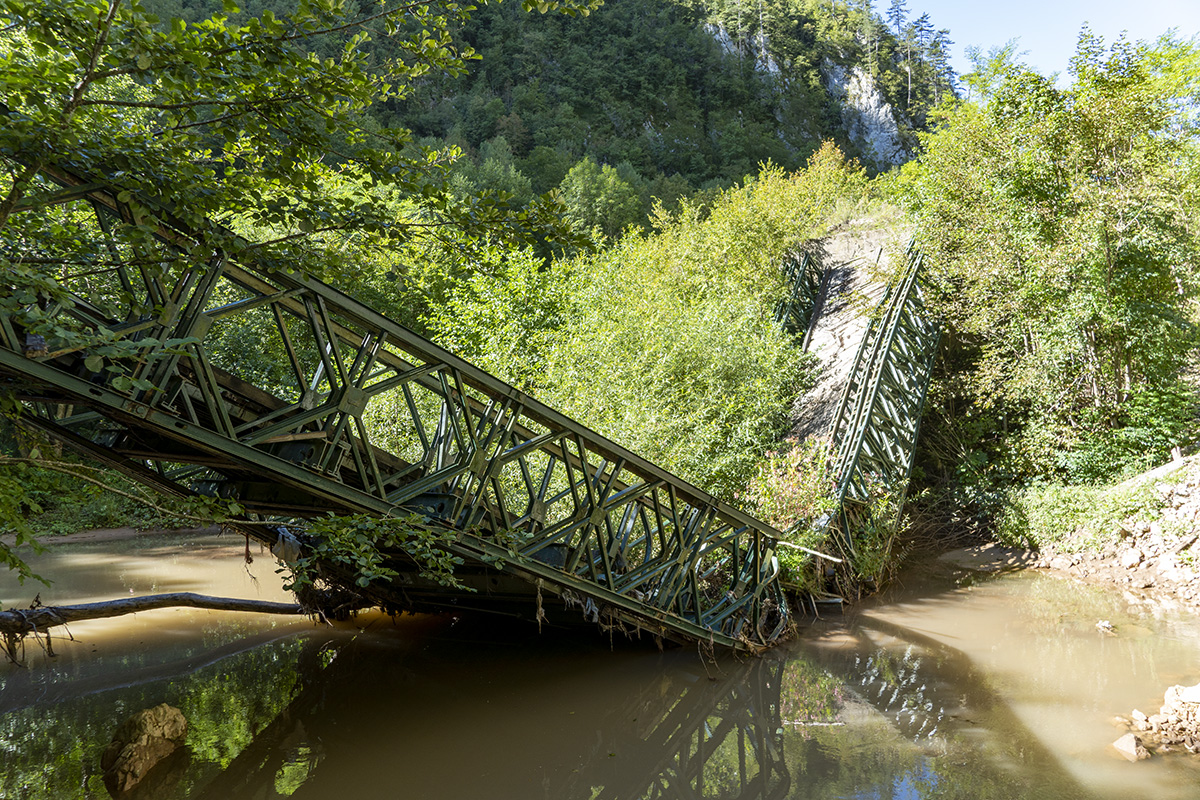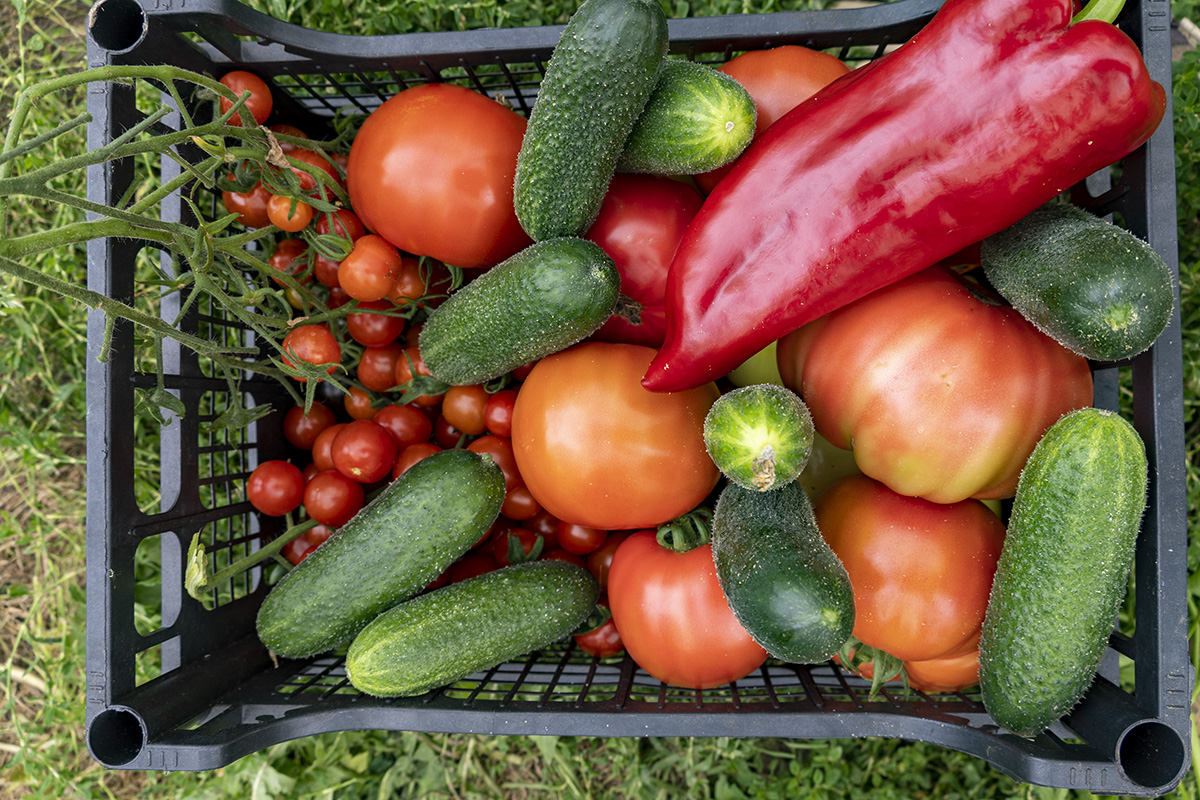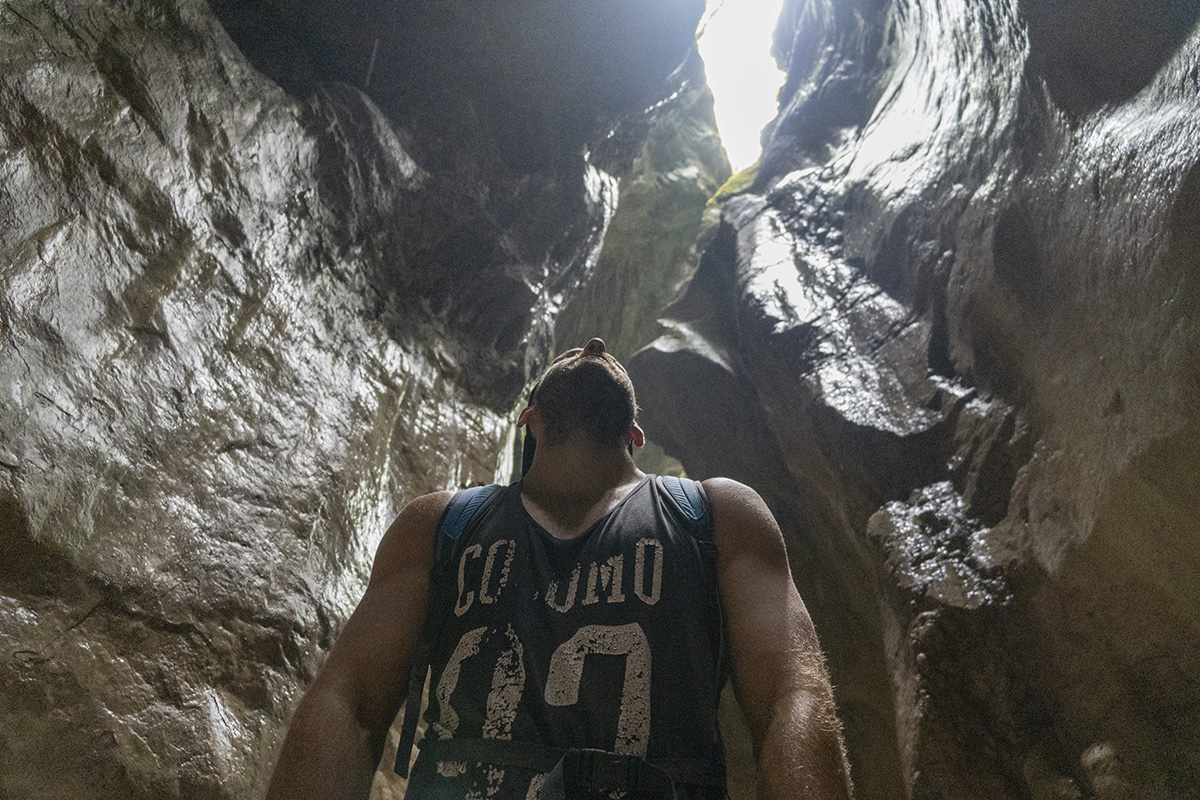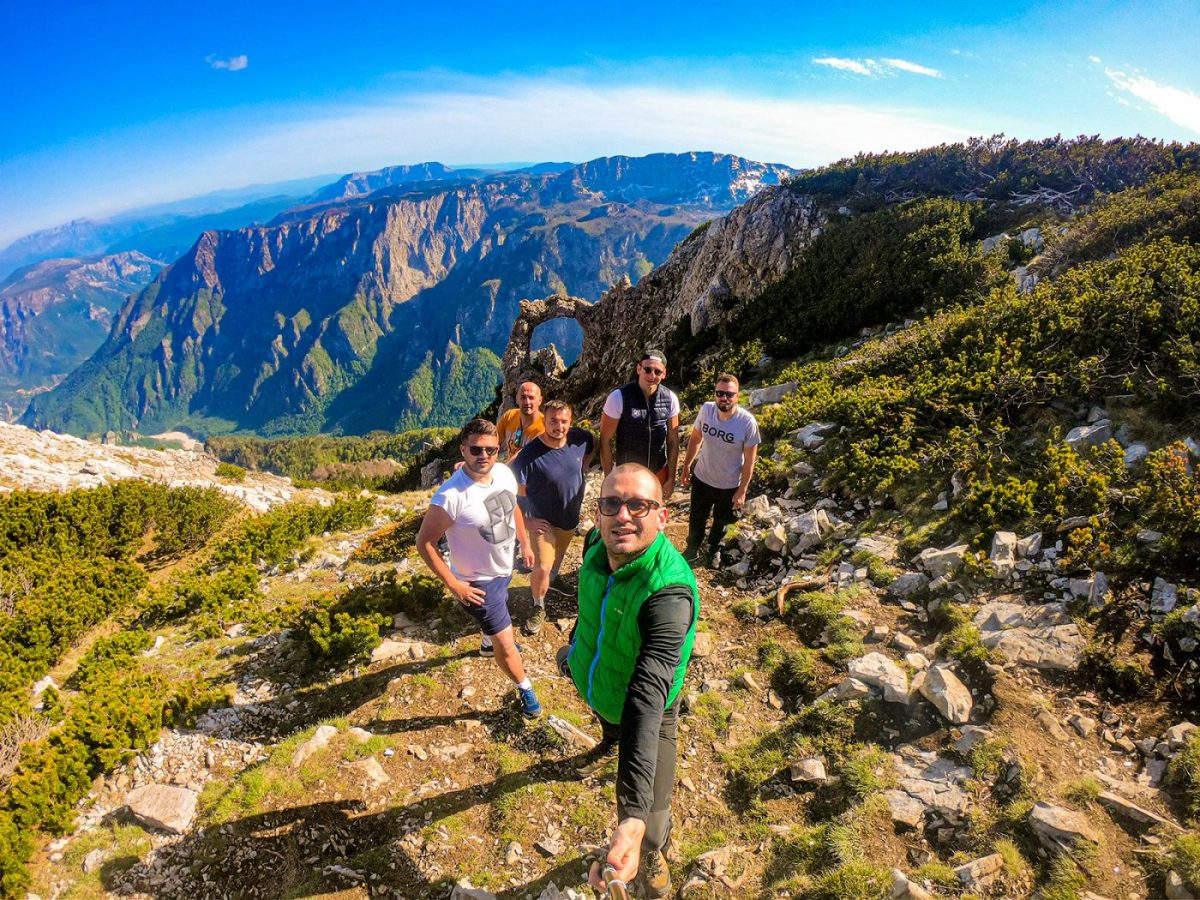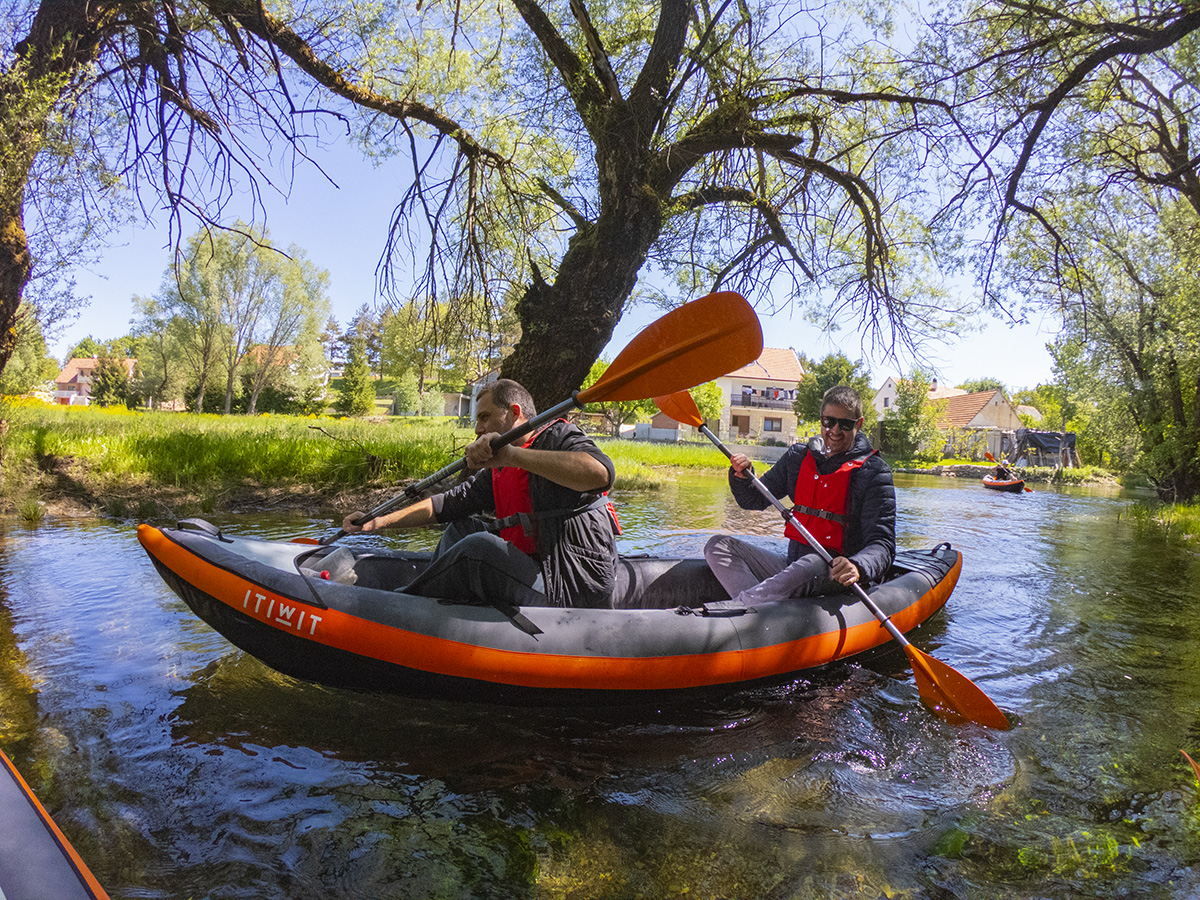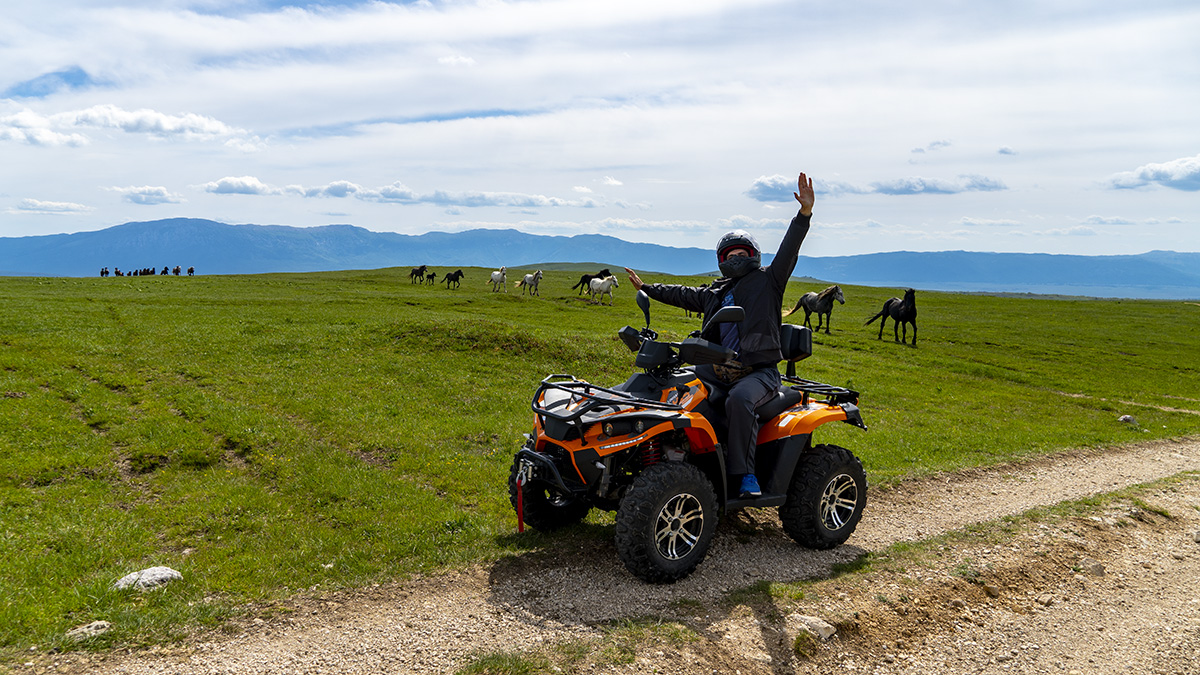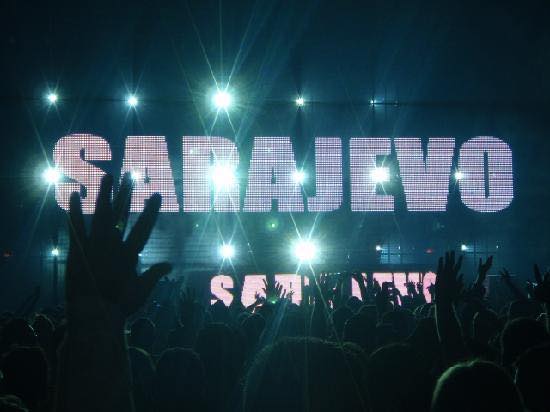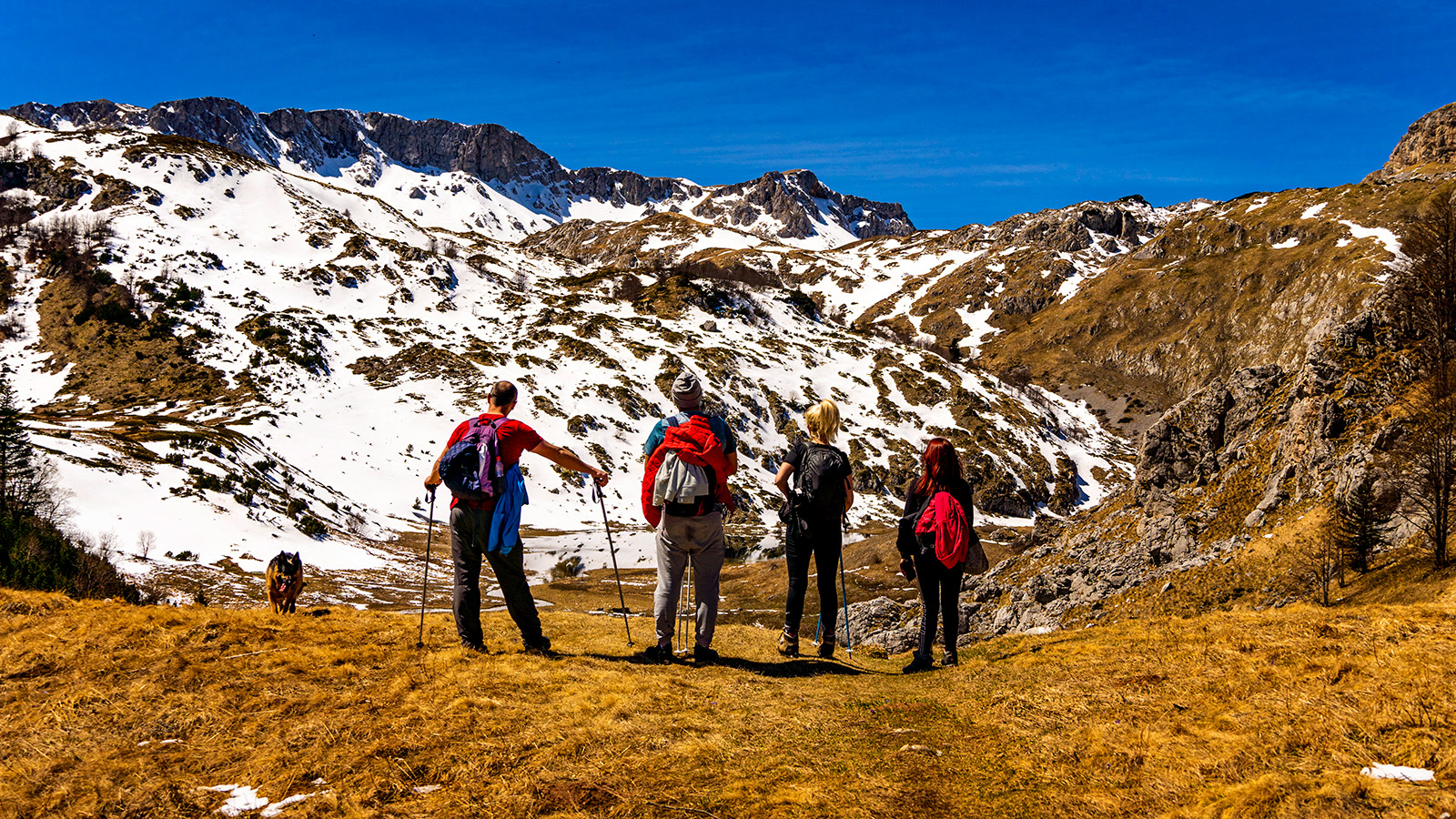Organic Fruit Picking in Bosnia and Herzegovina
Wild blueberries under the auspices of the great Slavic gods
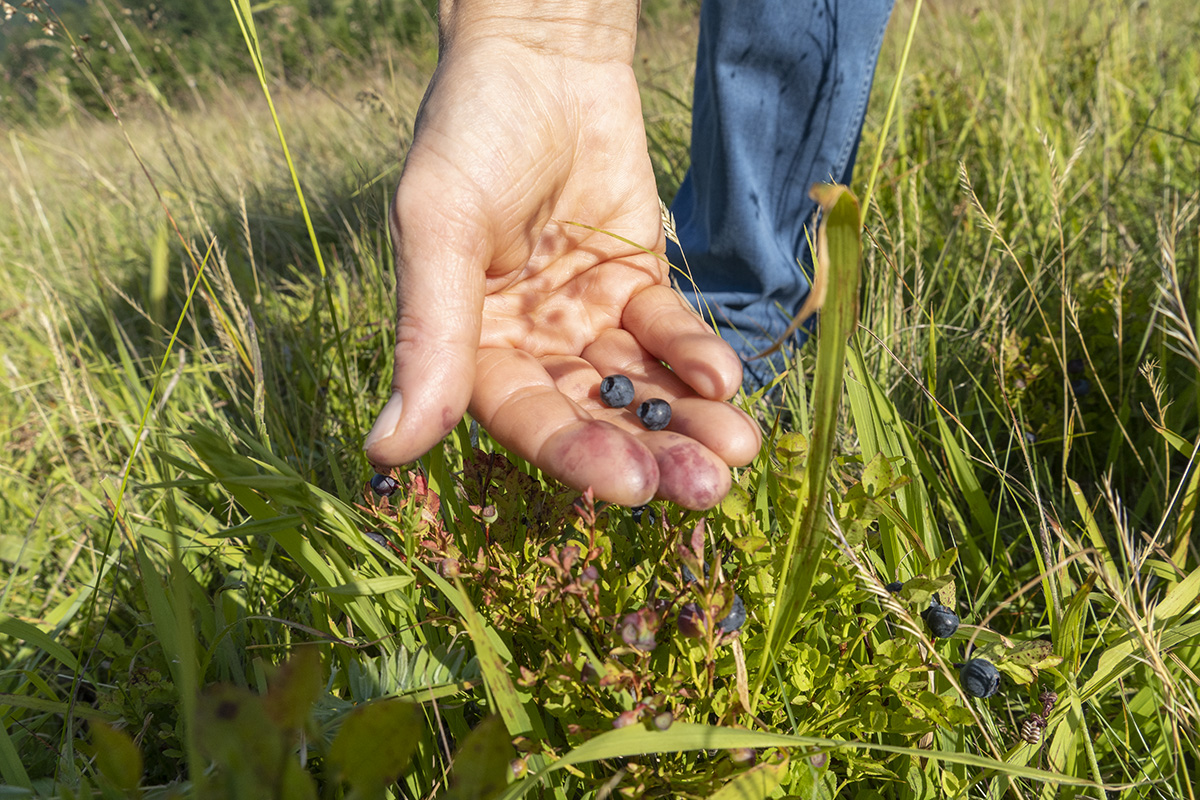
Welcome to the mountain of Slavic gods. Until now, Perun Mt. was unfairly neglected and rarely mentioned as an attractive tourist destination. This, insufficiently highlighted mountain, is an unbelievable treasure trove of untouched nature, wild animals and endemic species. Perun is located between Vareš and Bobovac or Kraljeva Sutjeska and is one of the cult places in the belief of the ancient Slavs.
- Mountain Perun is, after Crepoljski (1524 m) on Ozren (Sarajevo), the highest mountain in the close area from Sarajevo. It is incredibly rich with various forest fruits and medicinal herbs. It is named after Slavic god Perun and is one of the central cult places in the belief of the ancient Slavs.
- The largest peak of Perun is called Karasovina with 1472 meters above sea level. Perun is a gentle giant perfect for fruit/herbs picking and outdoor activities.
- On your way to Perun, you can easily make a visit to Valley of Bosnian Pyramids – Visoko and Kraljeva Sutjeska village which is a home to ruins of the medieval Bosnian Court, 14th century Catholic Franciscan monastery and Bobovac – the residency of the Bosnian kings during medieval times.
- The most charming thing about Mt. Perun are its vast fields of wild blueberris and environment – friendly villages. Local communities are surviving by collecting forest products and will gladly teach you how to find the best berries there are.
- If you are into experiencing Bosnian Mountains and exploring the incredible Perun a bit further more, you will find a safe refugee at mountain lodge “Javorje”
Perun at the Top of the Myth and divine Battles
Perun’s name comes from the word “Perkwunos” which originally meant “oak” perk (w) u- or “coniferous”, “forested mountain” or “mountain”. Proto-Slavic language later developed another meaning “to strike” which is insinuating that the thunderbolts are very specific for this area. In the Middle Ages, large oaks, sacred groves and even entire villages and forts were called after Perun’s name.
In Slavic as well as in Norse mythology, the world is depicted as a sacred tree, usually an oak. Its branches represent the living world of heaven and underground.
In Slavic mythology, Perun is the god of thunder and lightning, the supreme deity in the pantheon of Slavic gods. He was often symbolised by an eagle sitting on the highest branch and observing the whole world. Perun is mostly described as a rough man with a copper beard. He rides in a chariot drawn by a goat, and carries a powerful ax or hammer which always bounce back to his hand.
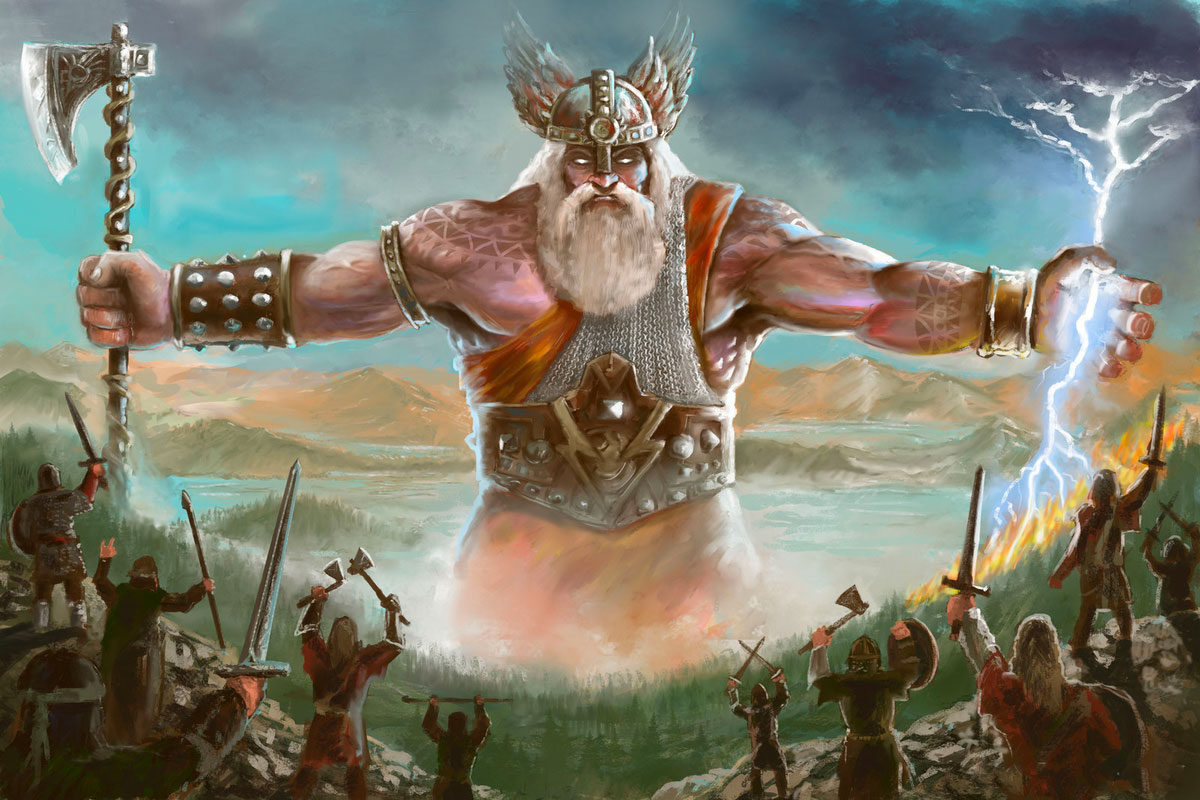
The roots of the tree were home to another god and Perun’s enemy – Veles. Veles was the god of the underworld, often symbolised by a serpent or dragon. His goal was a constant challenge of Perun by stealing his cattle, children (son Jaril) or wife. The myth is cyclical and repeated every year. No matter how many times Perun would kill Veles, his death was never permanent. After each defeat, he would be reborn again in a new body. This explained the change of seasons. Dry periods were interpreted as Veles’ thefts, and lightning and thunder were considered as divine battles. The ensuing rain was considered Perun’s triumph.
Although he has the role of a villain in the myth, the Slavs did not consider him evil. In many Russian fairy tales, Veles took the form of Saint Nicholas, who saved the poor farmer and his cattle from the angry and destructive Elijah the Thunderer, who represents the god Perun. Although the Slavs often copied the mythological symbolism and interpreted this one as a defeat of Satan by Celestial God, the infinite battle between Perun and Veles is not a dualistic struggle of good and evil. It was most likely a symbol of the two opposite natural elements: water and earth (Veles) and heaven and fire (Perun).
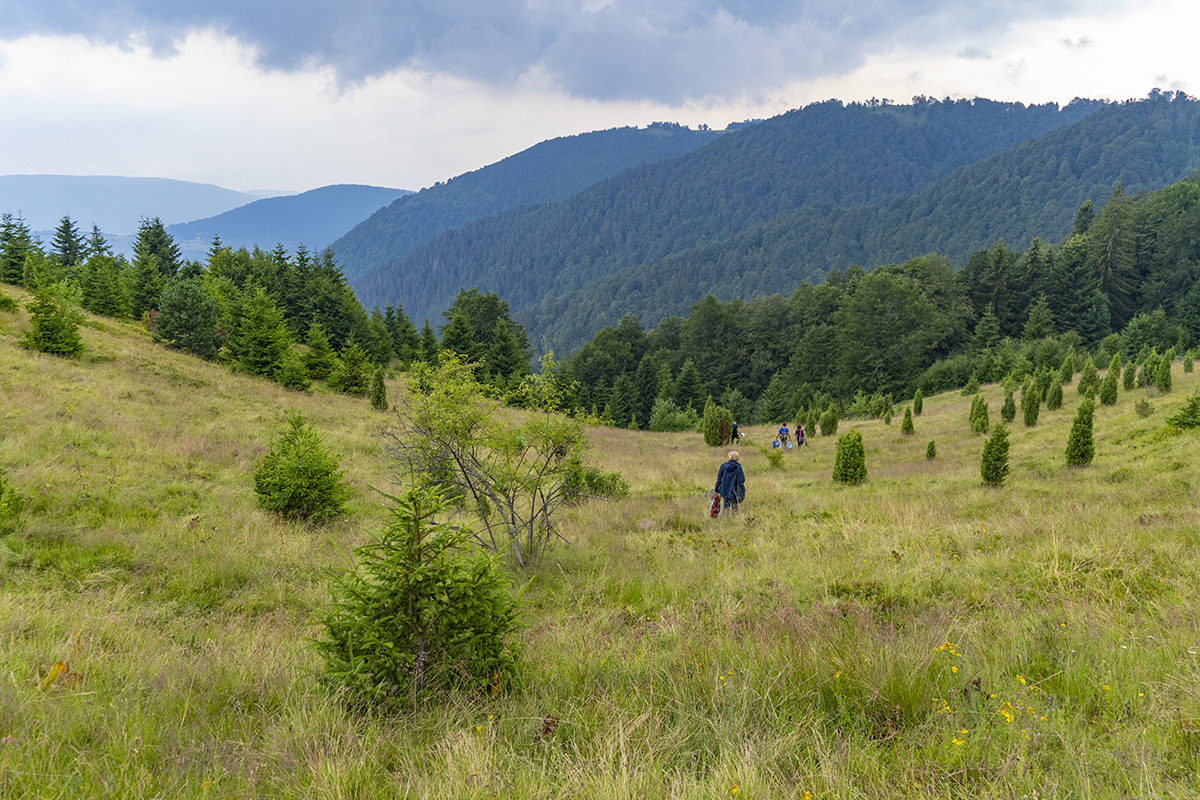
Backbreaking but serene Village Life at Foothills of Mt. Perun
The largest peak of Perun is in Zenica-Doboj Canton. It is called Karasovina with 1472 meters above sea level. Regardless of the altitude, Perun is a gentle mountain therefore, it is often visited by cyclists and motorcyclists including a regular jeep race on roads and trails that are ideal for “adrenaline” sports.
Perun is, after Crepoljski (1524 m) on Ozren (Sarajevo), the highest mountain in the close area from Sarajevo. It is incredibly rich with various forest fruits and medicinal herbs. Most importantly, there are so many amazing places you could visit on your way to there. Very close, you will find Valley of Bosnian Pyramids – Visoko and Kraljeva Sutjeska village which is a home to ruins of the medieval Bosnian Court, 14th century Catholic Franciscan monastery and Bobovac – the residency of the Bosnian kings during medieval times.
What certainly fascinates people who dare to visit BiH, and the biggest reason why the Funky team decided to start a magazine in which they will intensively and persistently promote the richness of rural eco – tourism are the local people. Always with a smile, the people of the village will simply fascinate you and bring you into a distraction between the modern reality you are used on and the one that accepts the world as it should be, deeply connected with aspiration for inner peace. Most importantly, while at the first glance, you may feel like a complete outsider, this strange feeling will soon be transformed into one where you feel like you are exploring your second home.
The team of villagers greeted us with smiles and a tractor. Regardless on backbreaking life, they insisted that they would take us absolutely free of charge to the Mountain Perun which has been feeding many hungry mouths over decades. Moreover, instead of taking the money we were willing to give them as symbolic support, they paid us with smiles and incredibly warm welcome simply because we have decided to visit them.
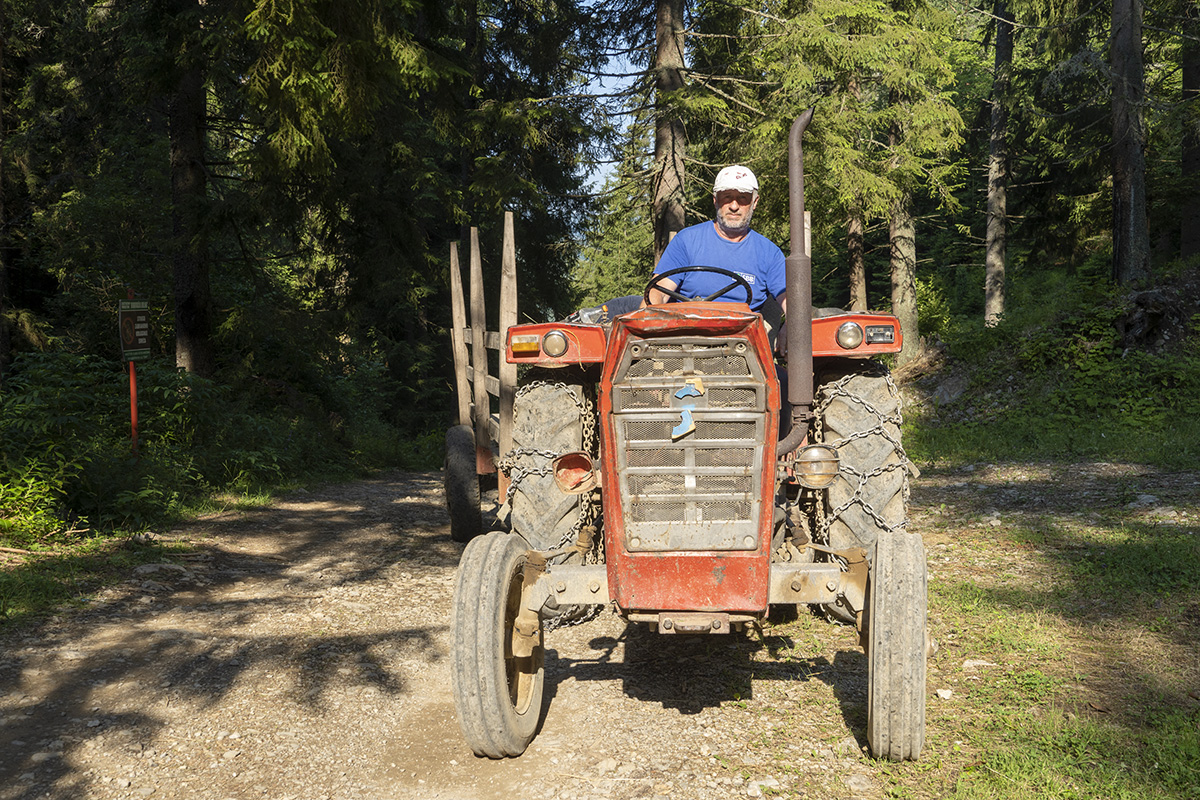
The tractor ride was spectacular. The noisy but humble rumble of worn tires, shabby boards we were sitting on and scenes of untouched nature that has been cooperating with man for years left our team breathless. Perun is a mountain which you can easily cross on foot as well. Scenic hiking trails 10 kilometres long will teach you more about the intelligible and peaceful coexistence of nature, gods and humans.
After an incredible ride through the forest, breaking through the branches of a wild tree that had not learned to remove its canopy by bowing to man, and that had not tasted the wild hand and the blade of an ax, we came to a beautiful glade.
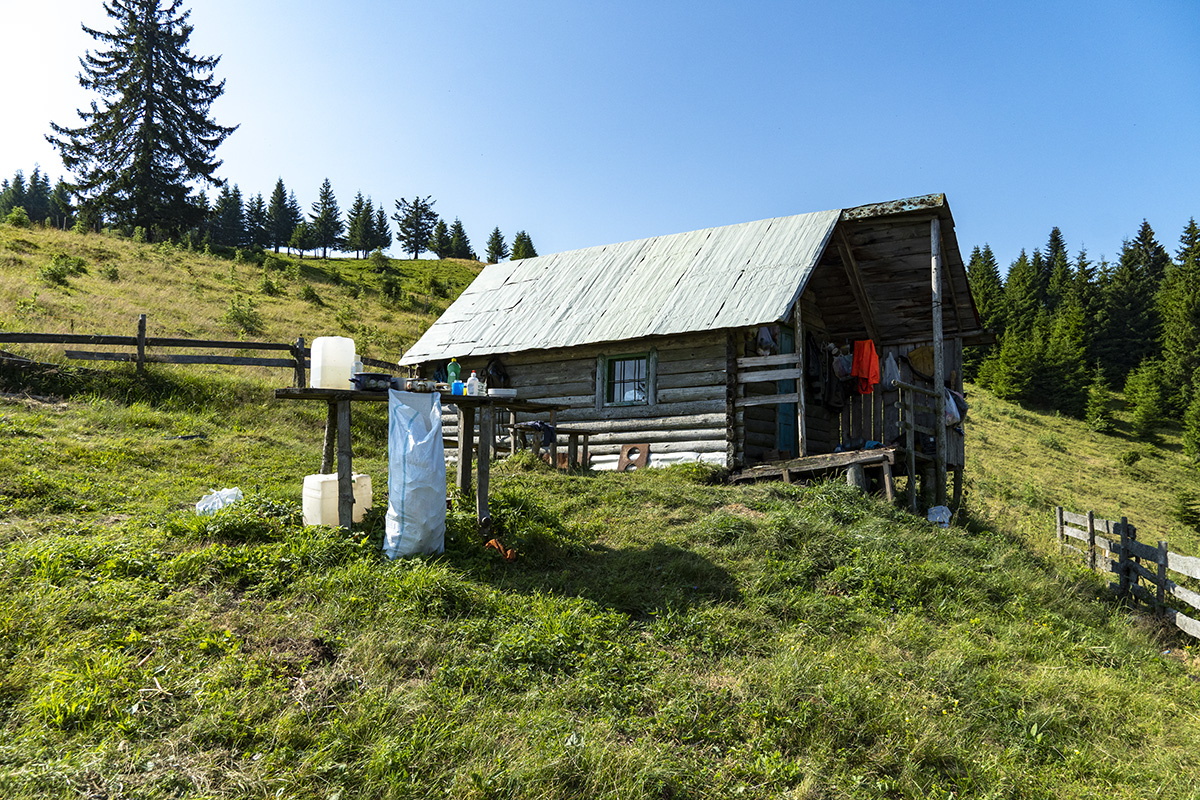
Wild Blueberries conquering the peaks of Perun Mt.
The biggest reason to admire and understand rural life is the fact that the country people are able to gain a sense of well-being from the purposefulness of a simple country existence. Indeed, people have very little here and need to be resourceful to survive but, on the other hand, they are able to appreciate the simplicity and inner peace it provides.
The most charming thing about Mt. Perun and its surrounding villages is that they are absolutely environment-friendly. Local communities are surviving by collecting forest products and, in this case, most of the people are working hard on wild blueberry picking which is one of the hardest but best ways to earn money and feed their families during long and hard winters.
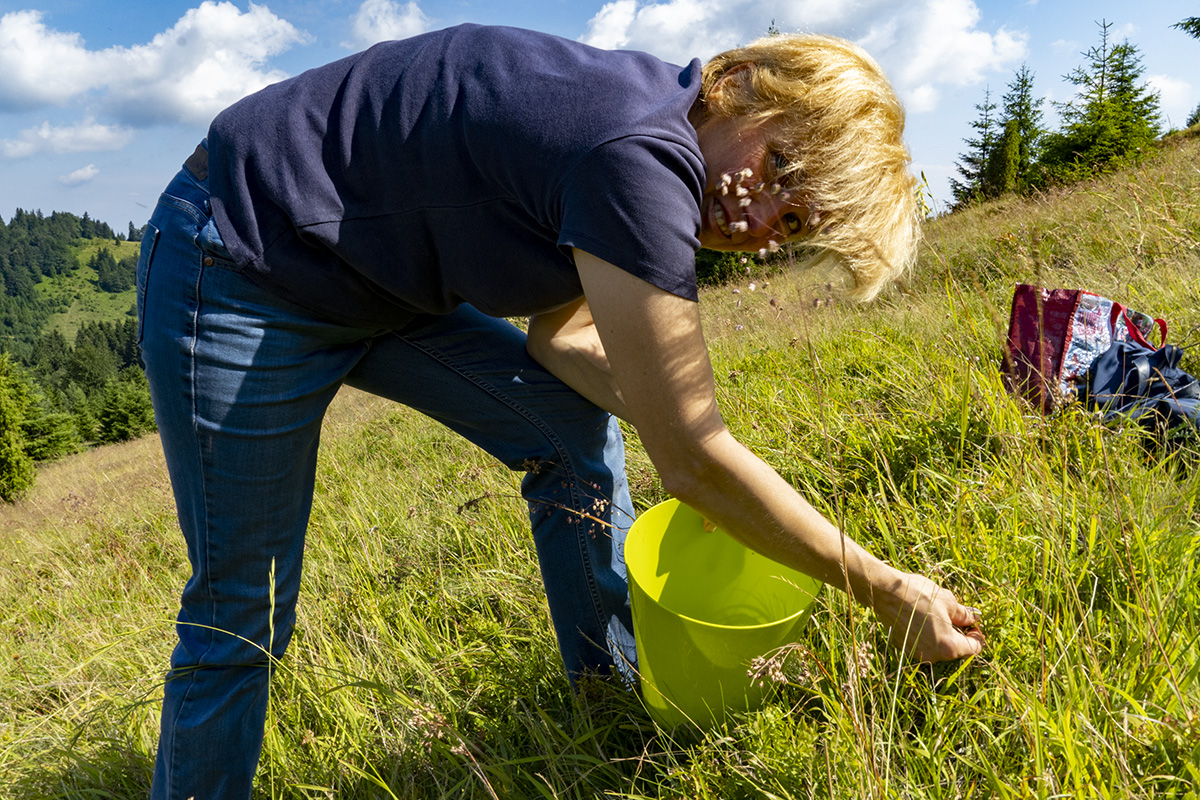
The wild blueberry tradition has taken a major role in this region’s history. For a long time, it has been securing a soft spot in the hearts and pockets of local people. Most importantly, it is one of the best ways for annual earnings. Although most wild blueberry farms are family-owned today, and for many of these owners, the tradition goes back generations, wild blueberries of Mountain Perun are grown naturally for hundreds or even thousands of years in no man’s land. Absolutely free for every local or occasional passenger.
The harvest typically begins in late July and ends in early September. However, it is not strange to find wild blueberries even in late May. The best thing about picking wild blueberries is that it is a reason to get out and enjoy hiking up the side of mountain and experience the unconditional and wholehearted essence of nature.
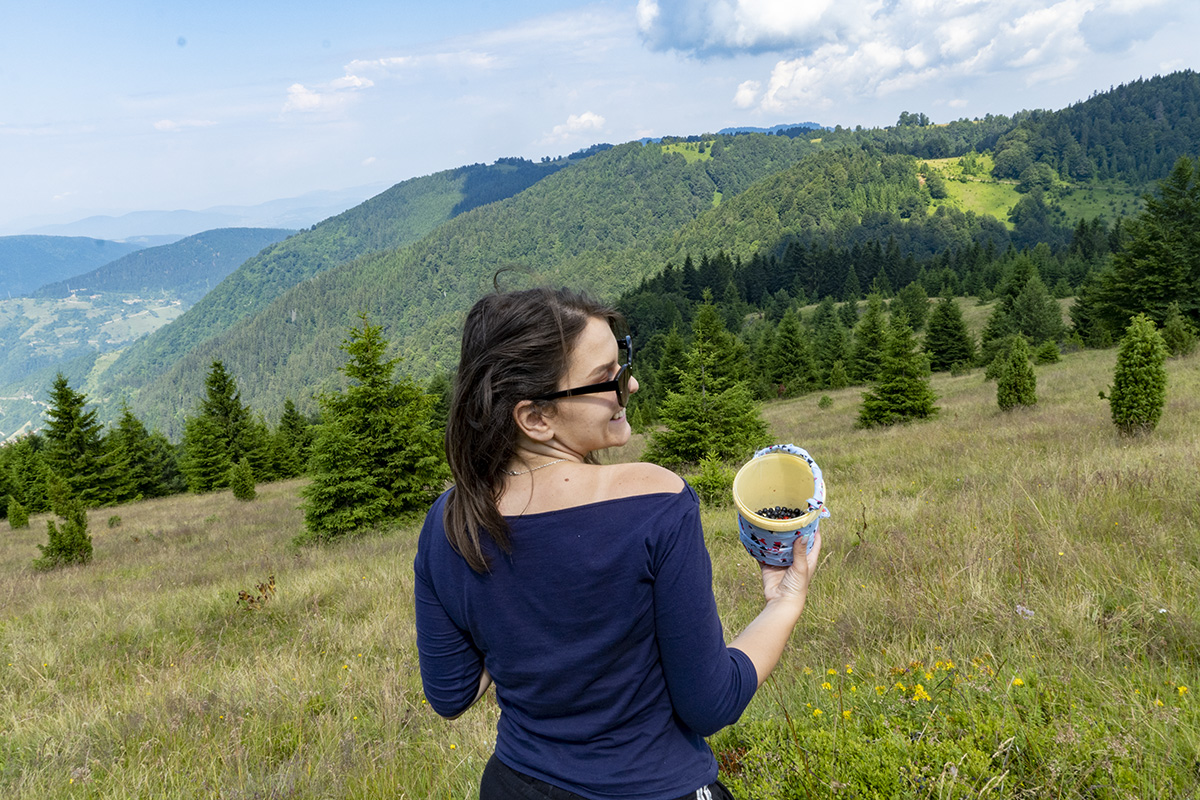
While we were enthusiastically looking for blueberries Samir, our host and guide through the mountain, explained to us how to know which blueberry is ready for harvest and how to test it for ripeness. The best way is to “tickle” the fruit bunches. Those fruits that easily fall off are ready to be harvested. The easiest way, Samir explains, to recognise blueberries is by their blue – black round berries. This is their most distinctive characteristic. On the other hand, wild blueberries have a five-pointed crown on the underside of the berry with thin branches that produce flowers which range from white to light pink in color.
The leaves of the wild blueberries usually turn bright red in the autumn and are green with a defined point during the summer season. Moreover, the wild blueberries are significantly smaller than cultivated berries. Costs of the blueberries at the market are, roughly, 10 BAM (cca 5 Eur) and Samir informed us that it is possible to harvest around 20 kilos per day. Of course, this applies only to experienced pickers. Our team filled their buckets (cca 1 kilo) which was enough to treat our buds with harvests from Perun’s divine garden.
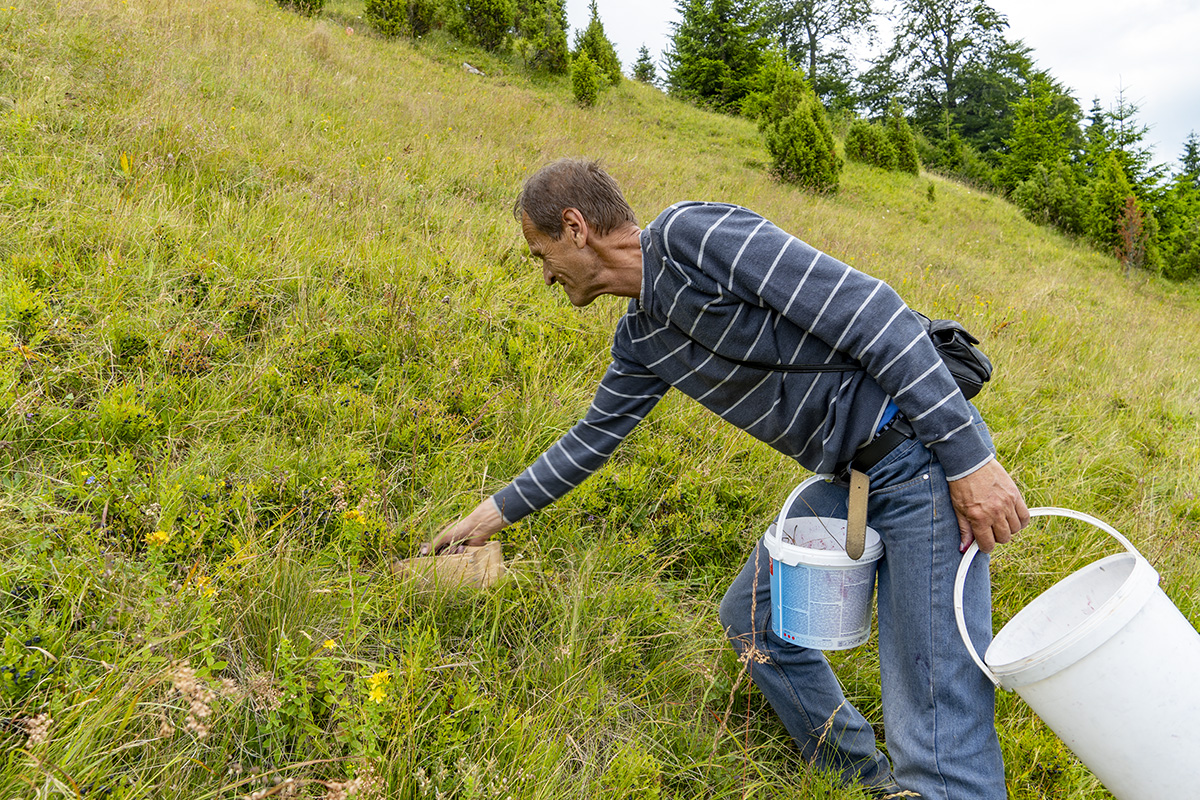
The small deciduous shrub with spreading leafy branches and the fact it is often woody with shredded bark is making the process of wild blueberry picking a lot harder than it seems. For Samir and rest of the local villagers, it would be impossible to harvest their berries by any means of traditional machinery. Since wild berries are mostly hand -harvested, which requires time, Samir “invented” their own wild blueberries rakes (combs).
Rakes are hand made and modelled on what he saw through various youtube tutorials. This primitive but rather effective tool is used to scoop the berries off the bushes by working in an upward motions and make the harvest a lot easier than it was few years ago.
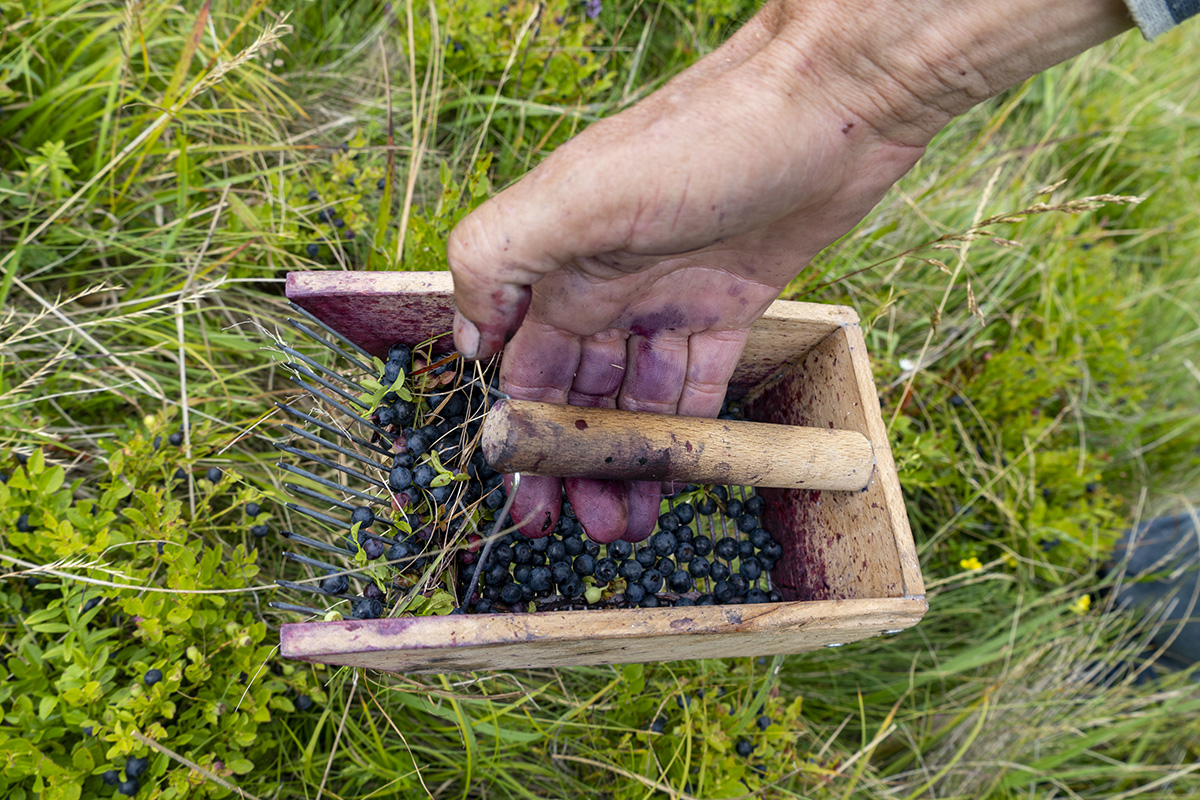
Mountain Lodge “Javorje”
For all of you nature lovers who are into experiencing Bosnian Mountains and exploring the incredible Perun a bit further more, you will find a safe refugee at mountain lodge “Javorje”. Anyone trying to escape from daily routine, this “holiday house” will offer some spectacular sceneries, natural ambience and friendly hosts who will make sure you try some of the tastiest local dishes. Surrounded by dense pine forests and enriched with clean mountain air, you will feel as far from civilisation and as close to yourself as possible.
Nested at an altitude of 1427 meters, it is hard to say that anyone visited this mountain and lodge ever left indifferent. With its magical stories, nature abundance and plethora of outdoor possibilities, this place is ideal for some serene moments as well as some adrenaline sports such as “bird’s eye view” experience in a paragliding tandem, skiing, snowboarding and mountain biking.
Most importantly, you will have a chance to meet some incredible people. Most of the Bosnian villages are real life models of environmental sustainability. Connecting urban travellers with rural areas and providing them a chance to have a once in a lifetime experience is what makes sustainable development possible.
